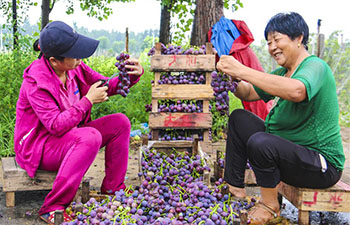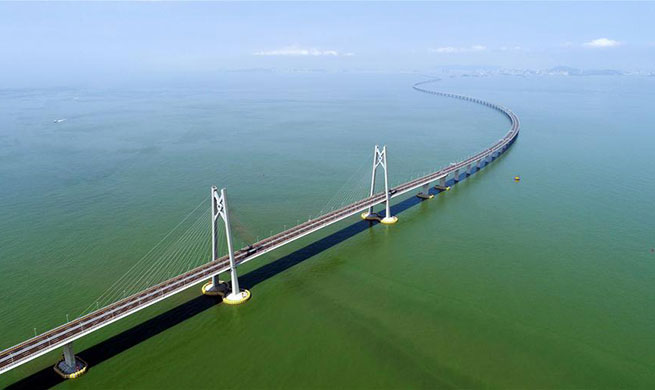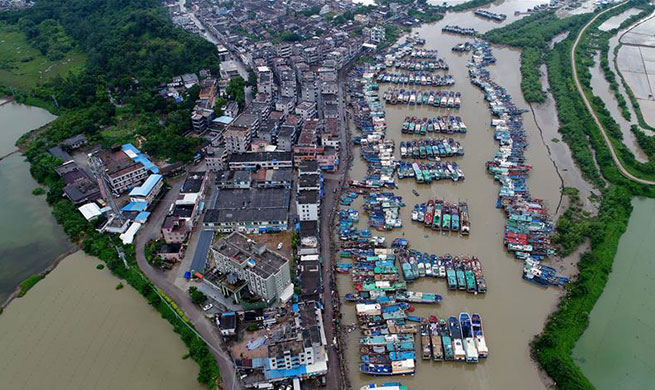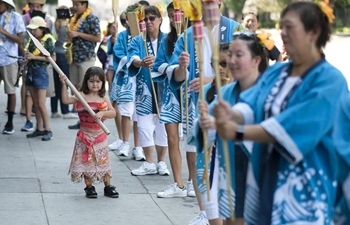VIENTIANE, Aug. 15 (Xinhua) -- Over 100 staff from Lao National Unexploded Ordnance Program (UXO Lao) are searching for and removing unexploded ordnance so that work can begin on the construction of temporary houses for flood victims in southern Laos, local daily Vientiane Times reported on Wednesday.
A UXO official in charge of the operation, Soukkasane Viengkham, told Vientiane Times his team had been in the area since Aug. 11.
A total of 110 officials in 11 teams and a full range of equipment from UXO Lao is helping to speed up the removal of unexploded devices in the area. The UXO Lao has been operational since 1996, and it is also the largest United Nations Development Program (UNDP) supported program in Laos.
"Currently, we are working on over five hectares in Dongbak, where we found 14 bombs which we have destroyed. Next we will continue to Pindong, Tamoyoth and Donbok villages but road access to these areas is difficult," he said.
"The UXO clearance operation is essential before workers can start to build houses and we expect to complete it soon," Soukkasane added.
Laos is the most heavily bombed country per capita in history. The bombs were dropped during 1964-1975 when the United States invaded the Indochina, but are still killing people even today.
Attapeu was one of the most UXO-contaminated provinces in the country. All of its five districts including the flood-affected Sanamxay had bombs dropped on them.
UXO officials said although several parcels of land had been declared UXO-free in Sanamxay district, it was essential to carry out re-survey and re-clearance operations to minimize the risk to people in the 13 flood-affected villages.
The death toll from the flood caused by the collapse of an auxiliary dam at the Xe-Pian Xe-Namnoy hydropower project has climbed to 39, including five injured people who died in hospital. Some 97 people are still missing, according to a report by authorities at a press conference in Sanamxay district Tuesday.
The under-construction saddle dam of the Xe Pian-Xe Nam Noy hydropower project, invested by South Korean, Thai and Lao companies, collapsed on July 23, unleashing a large amount of water into some 13 villages of Sanamxay district, some 560 km southeast of Lao capital Vientiane.













